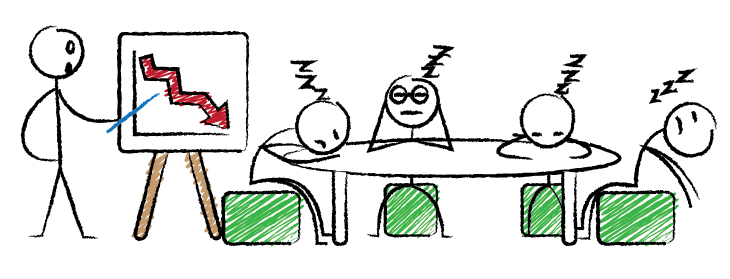
Unproductive meetings are a sign of an unproductive workplace
Posted On October 22, 2018
Who likes going to meetings? Not many of us would raise our hands in response to that question.
Most of us see meetings as time that would be better spent actually getting some work done.
But workplace consultant and executive coach Michael Nash says it doesn’t have to be that way. Nash, who joins us again for another episode of “What’s Working with Cam Marston,” says it really isn’t the meetings themselves we hate, it’s that they aren’t being conducted effectively.
Meetings actually serve important functions, Nash says. They allow employees to have face time with their supervisors, and they provide an opportunity to share opinions, complaints, or anything else they need to get off their chests.
When they get on our nerves, he says, is when nothing gets accomplished.
“You can actually see the culture of an organization by just watching their meetings,” Nash says. And because an organization’s meetings can give us such a clear picture of its culture, companies can actually change their culture by improving their meetings.
How to do that? Nash suggests having a standing time for meetings – say, every two weeks – and following a familiar format, giving employees an expectation for what will be accomplished. It’s also critical that managers understand that they have to be good meeting facilitators — to keep everyone focused, to “direct traffic” and force everyone to share the floor.
Nash also shares the common meeting mistakes, four sources of workplace morale, the six decision-making styles and the No. 1 thing employees look for in an effective manager. And he discusses what he believes is the biggest factor in unproductive meetings – they don’t end with ABCD.
What is ABCD? Join us to find out, and take the first step toward having more productive meetings – and a more productive workplace.